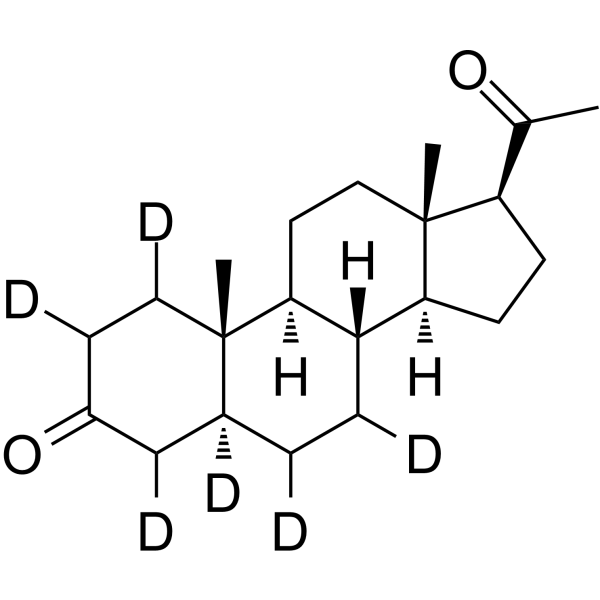Endogenous Metabolite
Metabolite results when a drug is metabolized into a modified form which continues to produce effects. A metabolome in a given body fluid is influenced by endogenous factors such as age, sex, body composition and genetics as well as underlying pathologies.The levels of the enormous array of unique small-molecule metabolites are usually kept tightly regulated by the activity of a very large array of enzymes and transporters responsible for the production, transformation, degradation, and compartmentalization of these small molecules.The levels of the endogenous small molecules present in the brain are normally tightly regulated.
Ziele für Endogenous Metabolite
Produkte für Endogenous Metabolite
- Bestell-Nr. Artikelname Informationen
-
GC39846
3-Methyl-2-cyclopenten-1-one
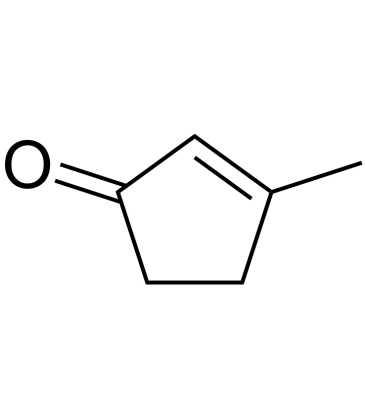
-
GC19716
3-methyl-2-oxobutyrate
3-Methyl-2-oxobutyrat ist eine Vorstufe der PantothensÄure in Escherichia coli.
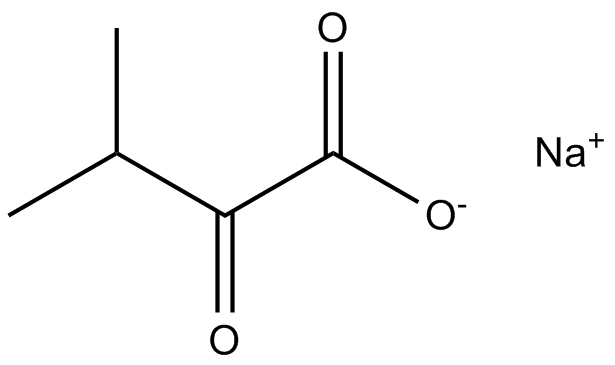
-
GC30593
3-Methyl-2-oxovaleric acid
3-Methyl-2-oxovaleriansÄure ist ein Neurotoxin, ein Acidogen und ein Metabotoxin sowie ein abnormaler Metabolit, der aus dem unvollstÄndigen Abbau von verzweigtkettigen AminosÄuren entsteht.
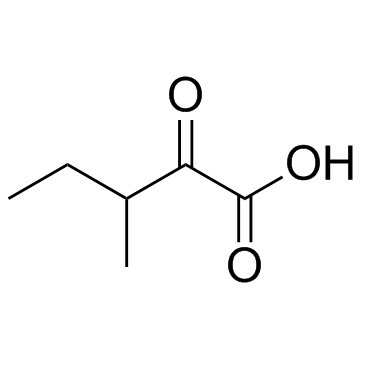
-
GC31535
3-Methyl-L-histidine
3-Methyl-L-Histidin ist ein Biomarker fÜr Fleischverzehr, insbesondere Huhn.
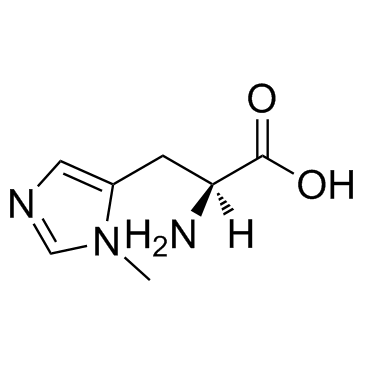
-
GC10710
3-Methyladenine
3-Methyladenin ist ein klassischer Autophagie-Inhibitor.
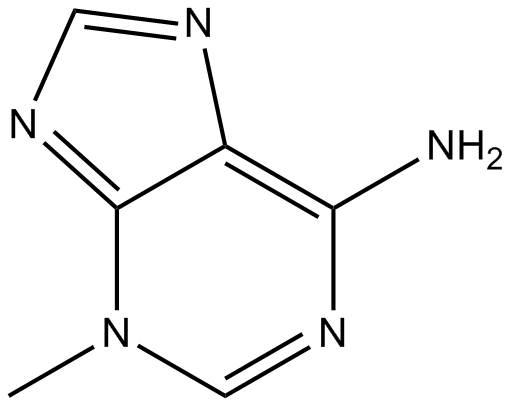
-
GC31546
3-Methyladipic acid
3-MethyladipinsÄure ist der Endmetabolit im ω-Oxidationsweg.
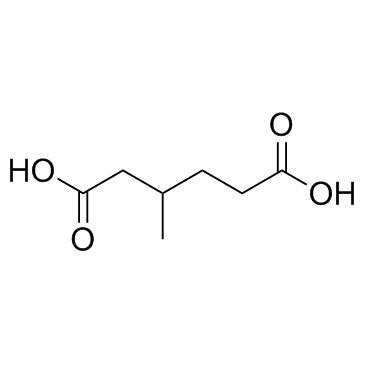
-
GC38360
3-Methylbut-2-enoic acid
3-Methylbut-2-ensÄure ist ein kÖrpereigener Metabolit.
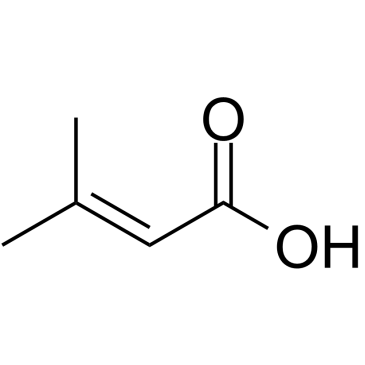
-
GC31595
3-Methylbutanoic acid
3-MethylbutansÄure ist eine natÜrliche FettsÄure und dafÜr bekannt, den Tod von Neugeborenen und die mÖgliche jamaikanische Erbrechenskrankheit beim Menschen zu beeinflussen.
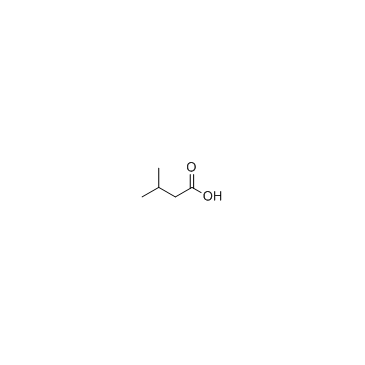
-
GC18628
3-Methylcrotonyl Glycine
3-Methylcrotonylglycin ist ein Acylglycin, ein normaler Aminosäuremetabolit, der im Urin vorkommt.
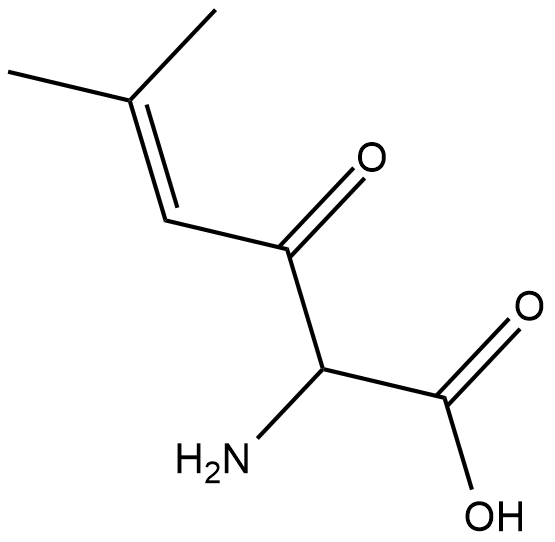
-
GC16812
3-Methylglutaric acid
3-MethylglutarsÄure, ein Leucin-Metabolit, ist eine auffÄllige organische C6-DicarbonsÄure, die klassischerweise mit zwei unterschiedlichen EnzymmÄngeln im Leucin-Weg in Verbindung gebracht wird, 3-Hydroxy-3-methylglutaryl-CoA-Lyase (HMGCL) und 3-Methylglutaconyl-CoA-Hydratase (AUH) .
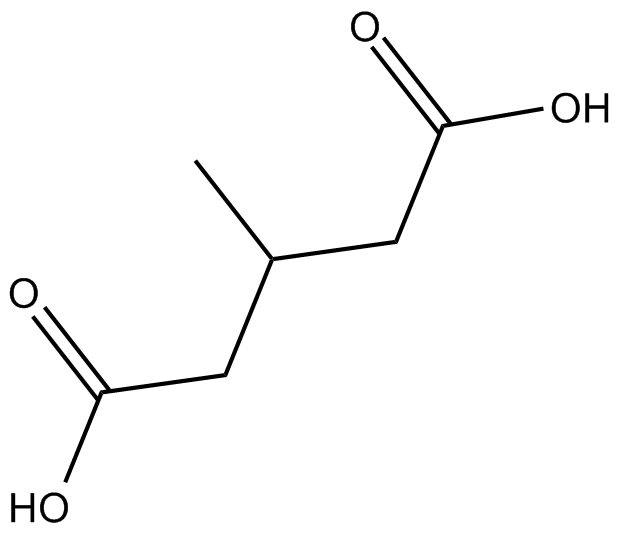
-
GC62795
3-Methylhistamine dihydrochloride
3-Methylhistamindihydrochlorid ist ein Abbauprodukt von Histamin.
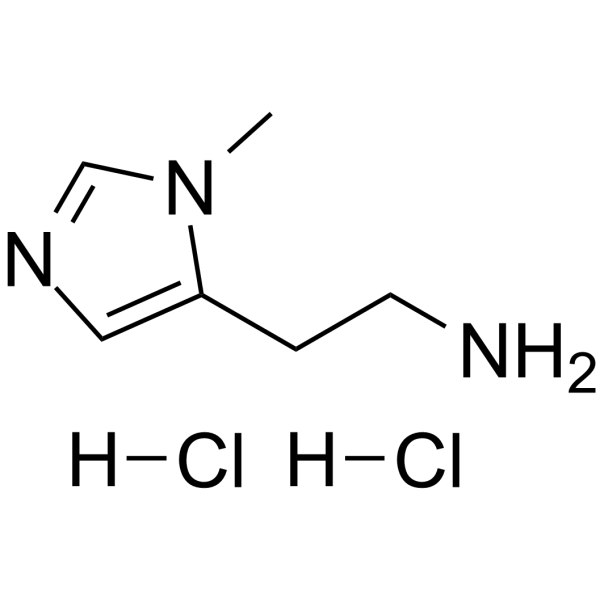
-
GC38297
3-Methylindolin-2-one
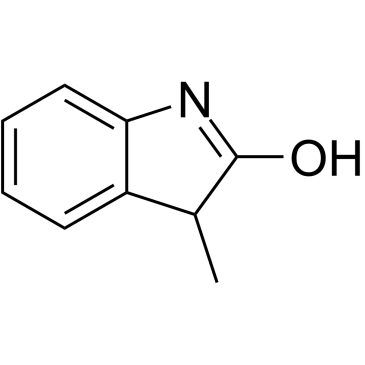
-
GC33525
3-Methyluridine
3-Methyluridin (N3-Methyluridin) ist ein modifiziertes RNA-Nukleosid.
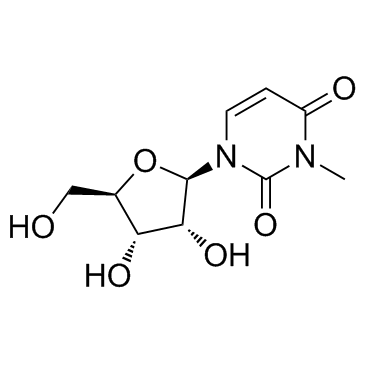
-
GC62796
3-Methylvaleric Acid
3-MethylvaleriansÄure ist ein Aromastoff.
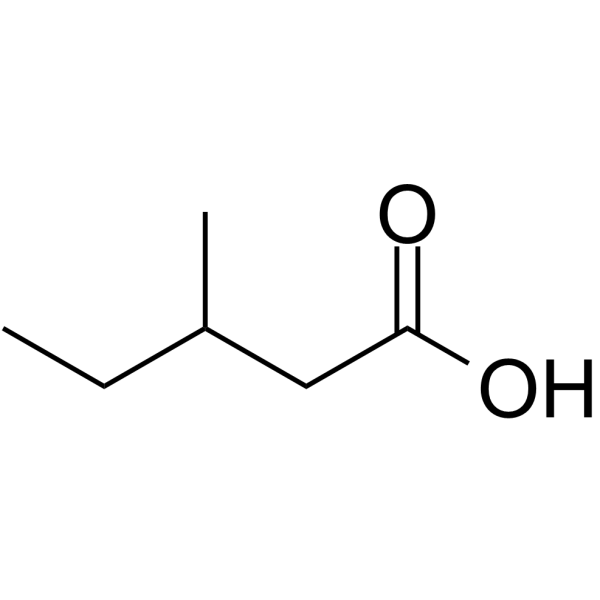
-
GC30635
3-Methylxanthine
3-Methylxanthin, ein Xanthinderivat, ist ein Inhibitor des zyklischen Guanosinmonophosphats (GMP) mit einem IC50-Wert von 920 μM am isolierten LuftrÖhrenmuskel von Meerschweinchen.

-
GC60505
3-O-Methyldopa
3-O-Methyldopa (3-Methoxy-L-tyrosin) ist ein Metabolit von L-DOPA, das von Catechol-O-Methyltransferase (COMT) gebildet wird.
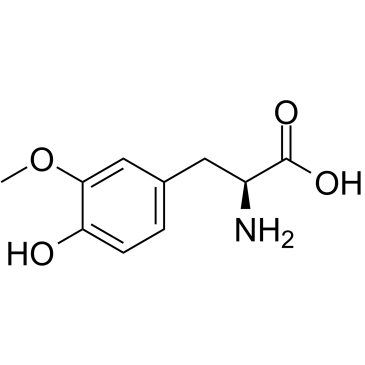
-
GC60506
3-O-Methyldopa D3
3-O-Methyldopa D3 (3-Methoxy-L-tyrosin-d3) ist Deuterium-markiertes 3-O-Methyldopa.
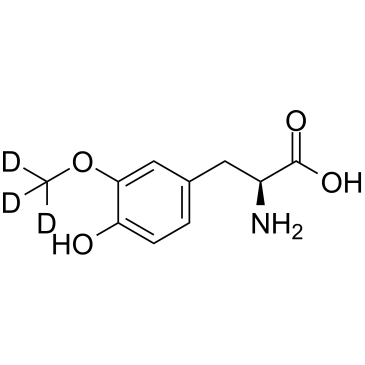
-
GC62797
3-Oxo-4,6-choladien-24-oic acid
3-Oxo-4,6-choladien-24-sÄure ist ein kÖrpereigener Metabolit.
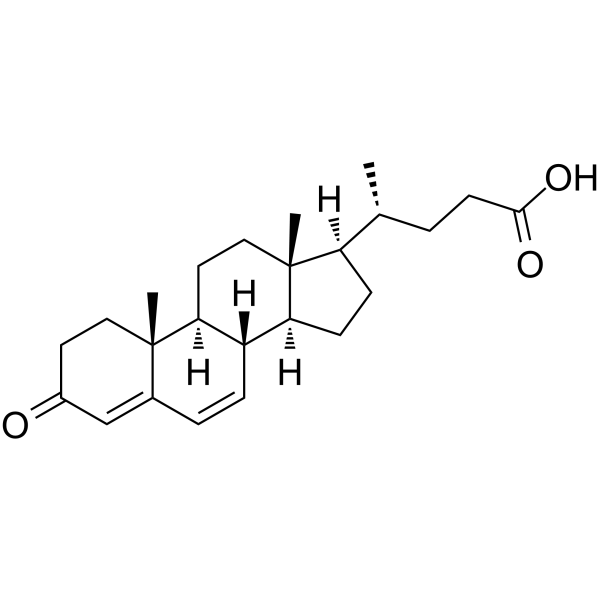
-
GC64220
3-Oxo-7-hydroxychol-4-enoic acid
3-Oxo-7-hydroxychol-4-ensÄure ist ein kÖrpereigener Metabolit.
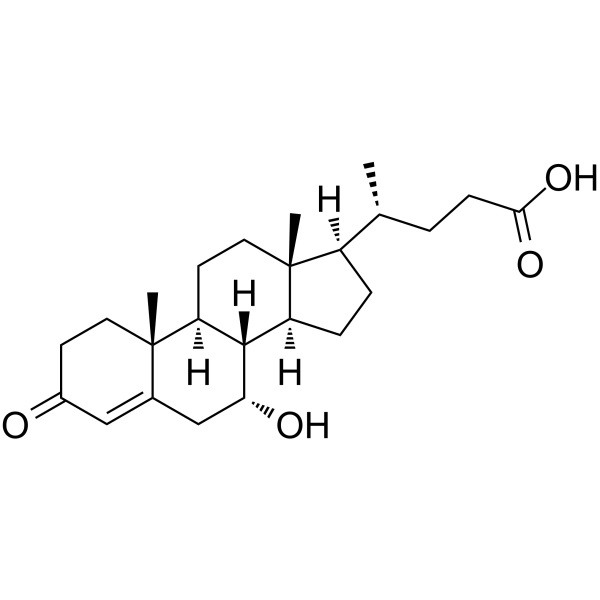
-
GC45339
3-Oxocholic Acid
3-Oxocholsäure ist ein Oxo-Gallensäure-Metabolit und auch ein Hauptabbauprodukt von Cholic durch C.

-
GC30353
3-Oxopentanedioic acid
3-OxpentandisÄure ist eine einfache DicarbonsÄure, von der bekannt ist, dass sie in der Tropinonsynthese verwendet wird.
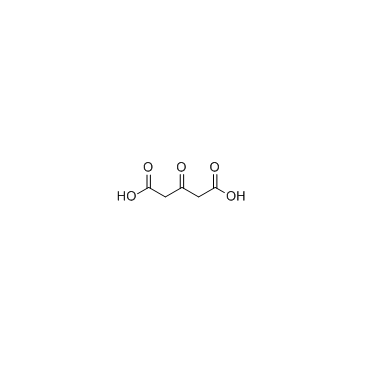
-
GC62798
3-Phenylbutyric acid
3-PhenylbuttersÄure wird durch anfÄngliche Oxidation des Benzolrings und durch anfÄngliche Oxidation der Seitenkette metabolisiert.
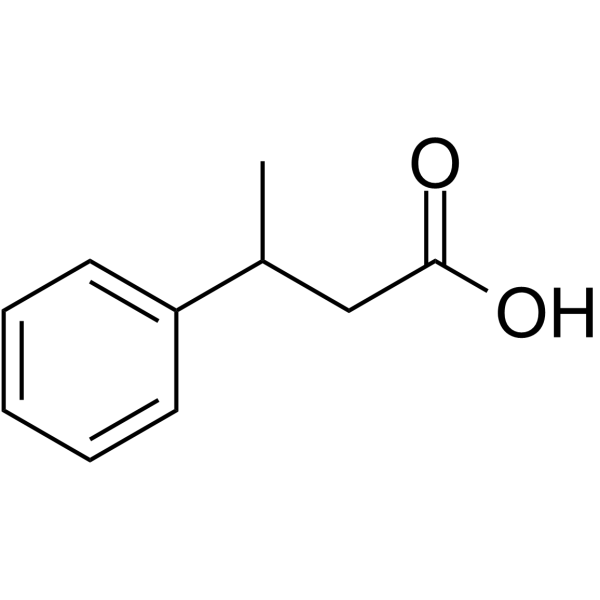
-
GC33604
3-Pyridineacetic acid
3-PyridinessigsÄure ist ein hÖheres Homolog von NikotinsÄure, ein Abbauprodukt von Nikotin (und anderen Tabakalkaloiden).
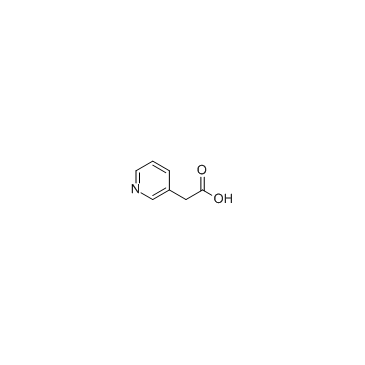
-
GC31553
3b-Hydroxy-5-cholenoic acid
3b-Hydroxy-5-cholensÄure ist eine Monohydroxy-GallensÄure endogenen Ursprungs und konnte bei Kindern mit dem Syndrom der hepatischen duktulÄren Hypoplasie gefunden werden.
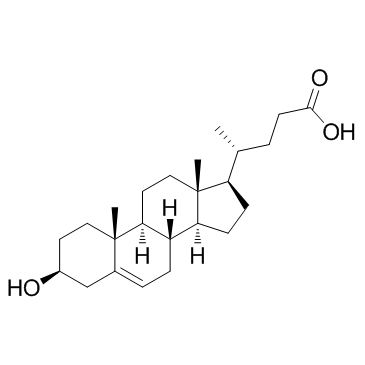
-
GC33976
4',7-Dimethoxyisoflavone (Dimethoxydaidzein)
4',7-Dimethoxyisoflavon (Dimethoxydaidzein) wird aus den BlÄttern von Albizzia lebbeck isoliert, das antimykotische AktivitÄt zeigt.
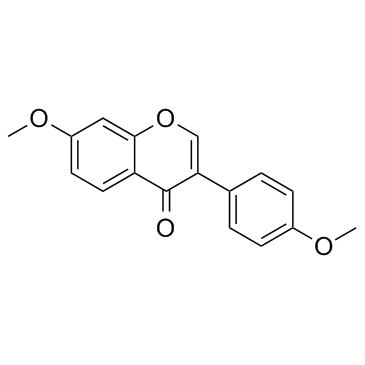
-
GC41003
4'-O-methyl Quercetin
4'-O-Methyl Quercetin (4'-O-Methyl Quercetin) ist ein natÜrliches Flavonoid-Derivat von Quercetin mit antioxidativer und entzÜndungshemmender Wirkung.

-
GC62800
4,4’-Disulfanediylbis(2-aminobutanoic acid)
4,4’-Disulfandiylbis(2-aminobutansäure) ist ein endogener Metabolit.
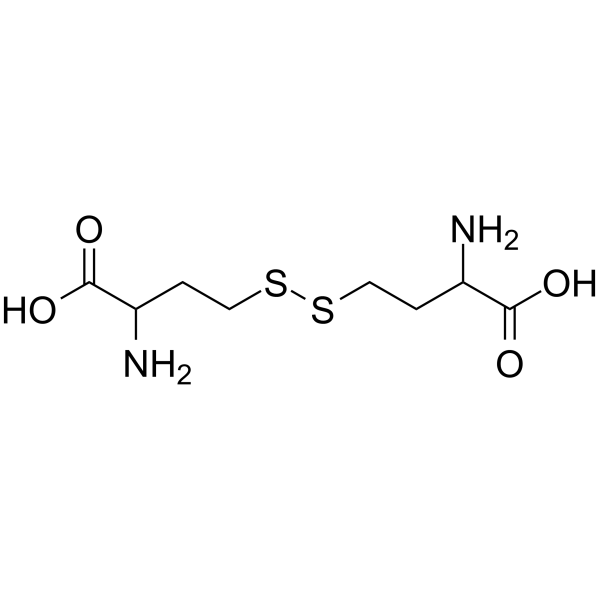
-
GC60510
4,4-Dimethoxy-2-butanone
4,4-Dimethoxy-2-butanon ist ein kÖrpereigener Metabolit.
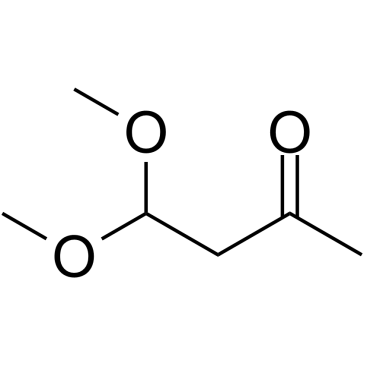
-
GC32483
4,6-Dioxoheptanoic acid
4,6-DioxoheptansÄure ist ein potenter Inhibitor der HÄm-Biosynthese.
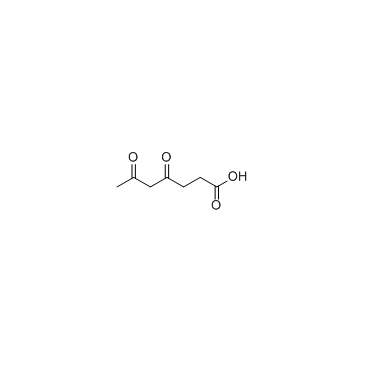
-
GC31640
4-(1,2-Dihydroxyethyl)benzene-1,2-diol
4-(1,2-Dihydroxyethyl)benzol-1,2-diol, ein normaler Metabolit von Norepinephrin, wird mit dem Menkes-Syndrom in Verbindung gebracht.
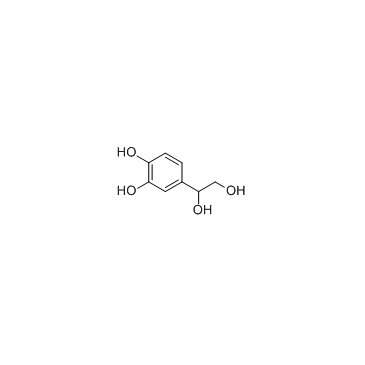
-
GC33504
4-Acetamidobutanoic acid (N-acetyl GABA)
4-AcetamidobuttersÄure (N-Acetyl-GABA) (N-Acetyl-GABA), der Hauptmetabolit von GABA, zeigt antioxidative und antibakterielle AktivitÄten.
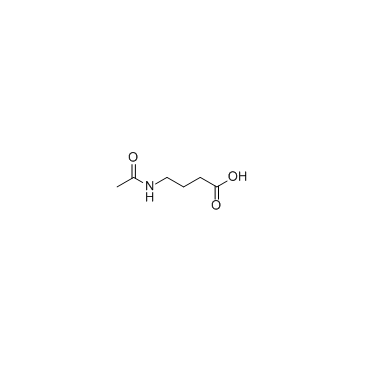
-
GC66484
4-Amino-L-phenylalanine hydrochloride
4-Amino-L-phenylalanin (H-Phe(4-NH2)-OH)-Hydrochlorid ist ein körpereigener Metabolit.
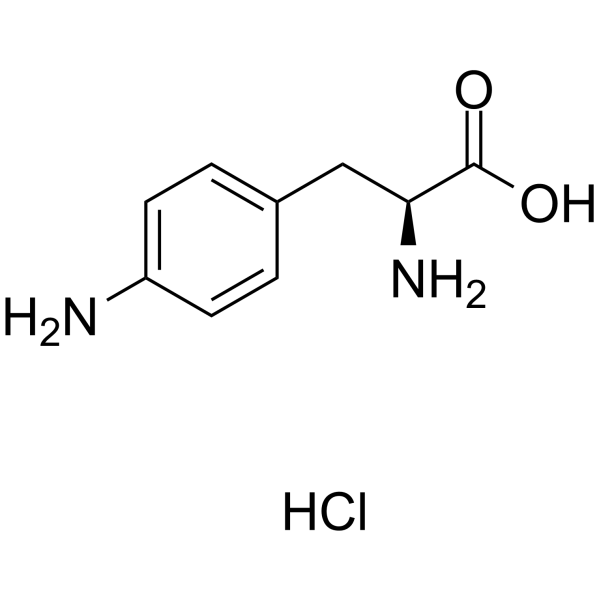
-
GC10996
4-Aminobenzoic acid
4-AminobenzoesÄure ist ein Zwischenprodukt bei der Synthese von FolsÄure durch Bakterien, Pflanzen und Pilze.
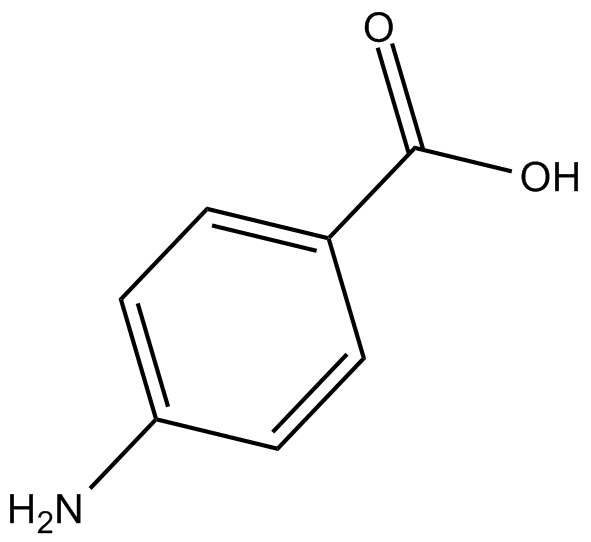
-
GC16443
4-Aminohippuric Acid
4-AminohippursÄure ist ein diagnostisches Mittel, das bei medizinischen Tests nÜtzlich ist, die die Niere betreffen, und zur Messung des renalen Plasmaflusses verwendet wird.
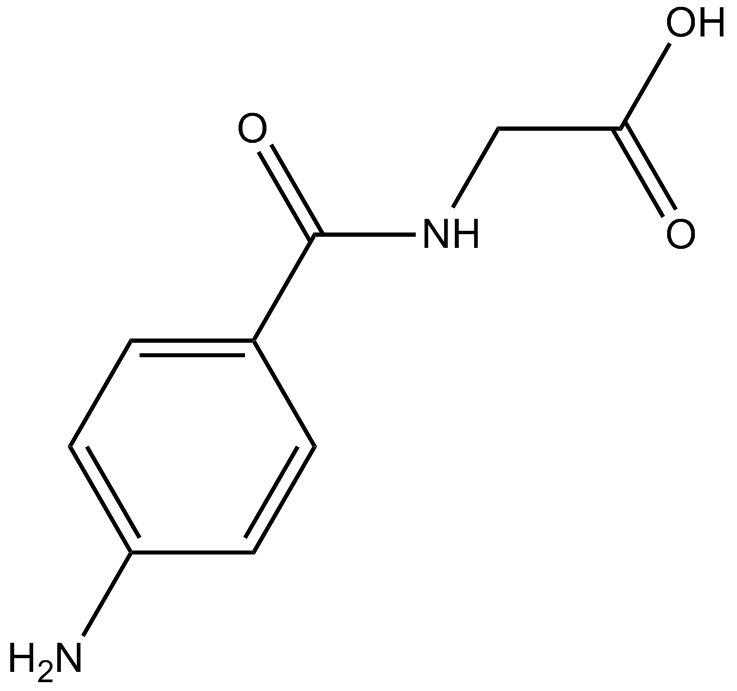
-
GC39473
4-Bromo-3-hydroxybenzoic acid
4-Brom-3-hydroxybenzoesÄure ist ein Metabolit von Brocresin und ein Histidindecarboxylase (HDC)-Hemmer mit IC50-Werten von 1 mM sowohl fÜr fÖtale als auch fÜr gastrische HDC von Ratten.
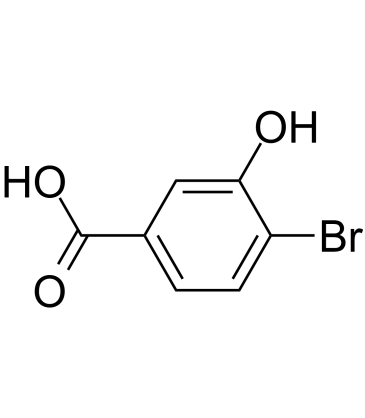
-
GC60512
4-Carboxypyrazole
4-Carboxypyrazol ist ein kÖrpereigener Metabolit.
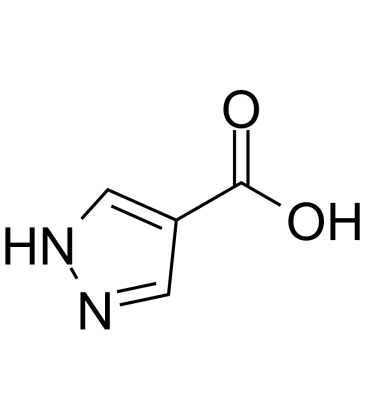
-
GC60514
4-Ethoxyphenol
4-Ethoxyphenol ist ein kÖrpereigener Metabolit.
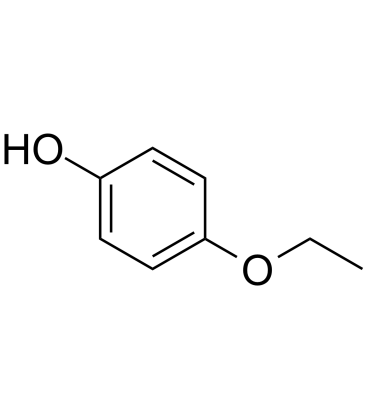
-
GC60515
4-Ethylbenzaldehyde
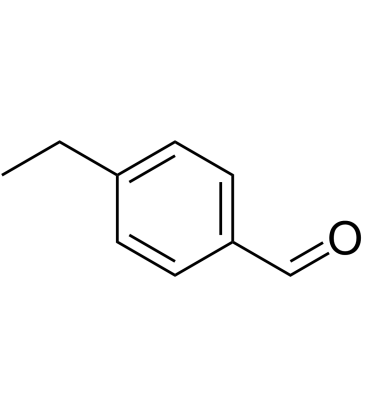
-
GC30600
4-Ethylphenol
4-Ethylphenol ist eine flÜchtige Phenolverbindung, die mit FehlgerÜchen in Wein in Verbindung gebracht wird.
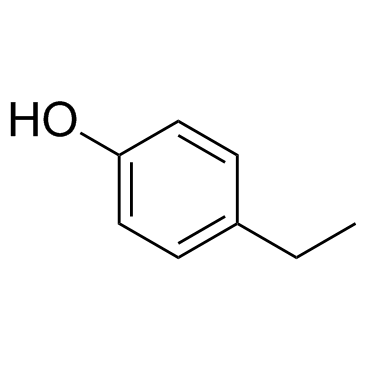
-
GC62803
4-Formylaminoantipyrine
4-Formylaminoantipyrin ist ein ausgeschiedener Metabolit von Aminophenazon.
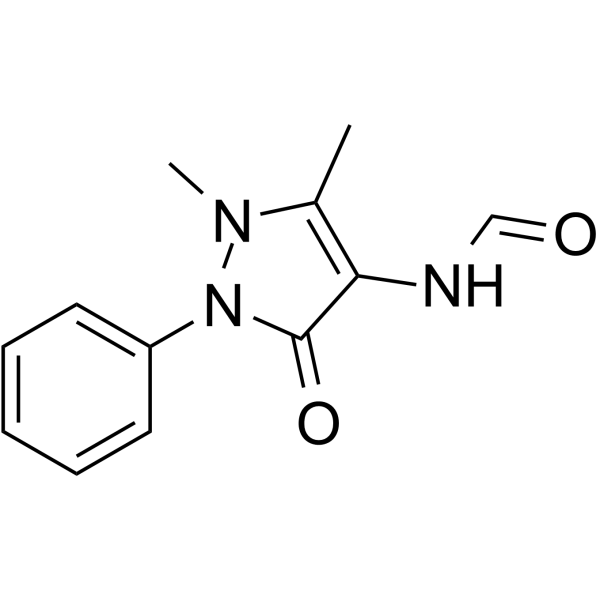
-
GC30630
4-Guanidinobutanoic acid
4-GuanidinobutansÄure ist ein normaler Metabolit, der in geringen Konzentrationen vorkommt.
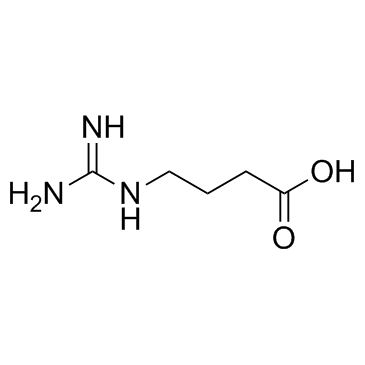
-
GC40097
4-HOBA
4-HOBA ist ein kÖrpereigener Metabolit.

-
GC42410
4-hydroxy Nonenal
Ein Lipidperoxidationsprodukt

-
GC33656
4-Hydroxy-3-methylbenzoic acid
4-Hydroxy-3-methylbenzoesÄure ist eine normale organische SÄure, die in Urinproben einer gesunden Population nachgewiesen wurde.
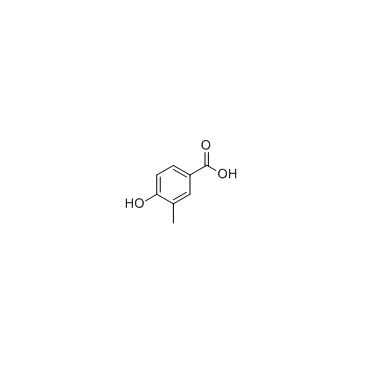
-
GC11270
4-Hydroxybenzoic acid
4-HydroxybenzoesÄure, ein phenolisches Derivat der BenzoesÄure, konnte die meisten grampositiven und einige gramnegative Bakterien mit einem IC50 von 160 μg/ml hemmen.
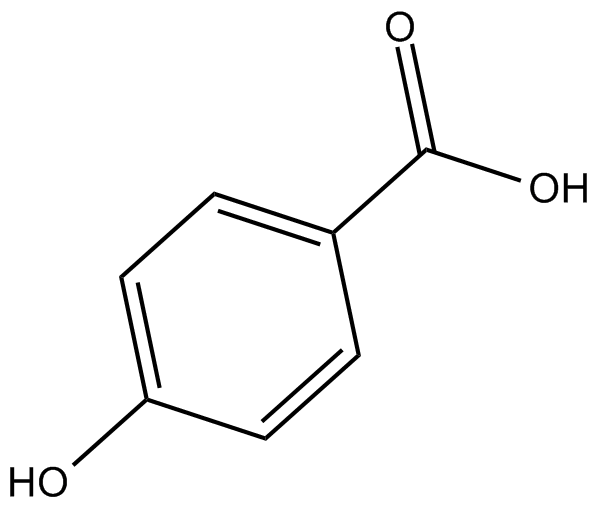
-
GC60518
4-Hydroxybenzyl cyanide
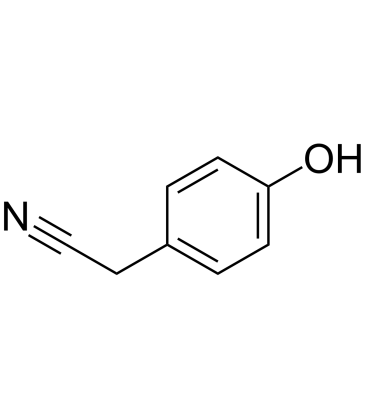
-
GC35131
4-Hydroxycoumarin
4-Hydroxycumarin, ein Cumarinderivat, ist eines der vielseitigsten heterocyclischen GerÜste und wird hÄufig in der Synthese verschiedener organischer Verbindungen eingesetzt.
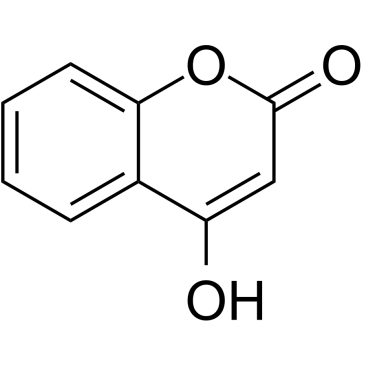
-
GC33610
4-Hydroxycyclohexanecarboxylic acid
4-HydroxycyclohexancarbonsÄure gehÖrt zur Klasse der organischen Verbindungen, die als Cyclohexanole bekannt sind.
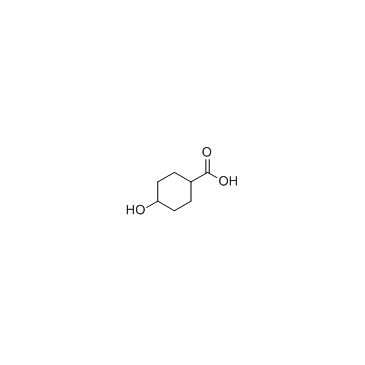
-
GC39691
4-Hydroxymethylpyrazole
4-Hydroxymethylpyrazol ist der primÄre Metabolit von Fomepizol.
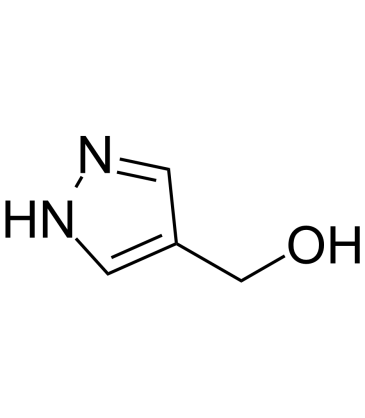
-
GC68055
4-Hydroxyphenyl acetate

-
GC33815
4-Hydroxyphenylacetic acid
4-HydroxyphenylessigsÄure, ein wichtiger, von Mikrobiota stammender Metabolit von Polyphenolen, ist an der antioxidativen Wirkung beteiligt.
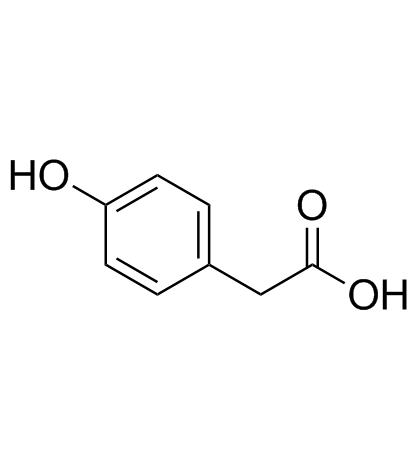
-
GC35134
4-Methoxybenzaldehyde
4-Methoxybenzaldehyd ist eine natÜrlich vorkommende duftende Phenolverbindung.
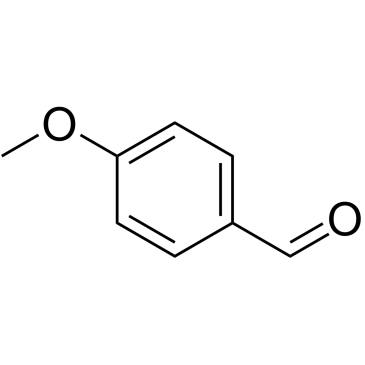
-
GC35135
4-Methoxycinnamic acid
4-MethoxyzimtsÄure wird als natÜrliches Phenylpropanoid in A.
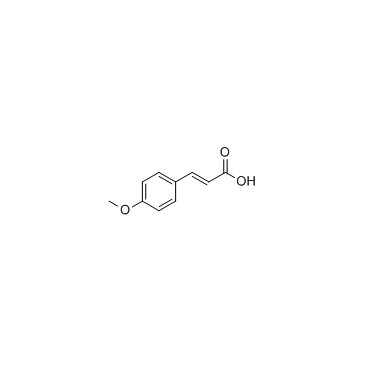
-
GC60521
4-Methyl-1-phenyl-2-pentanone
4-Methyl-1-phenyl-2-pentanon ist ein kÖrpereigener Metabolit.
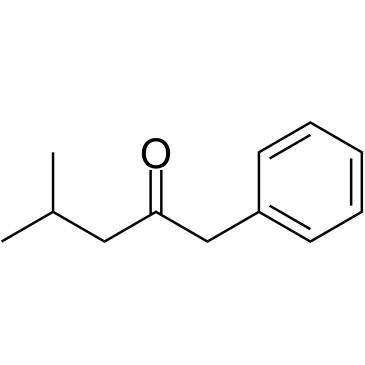
-
GC31307
4-Methyl-2-oxopentanoic acid
4-Methyl-2-oxopentansÄure (α-KetoisocapronsÄure), ein abnormaler Metabolit, ist sowohl ein Neurotoxin als auch ein Metabotoxin.
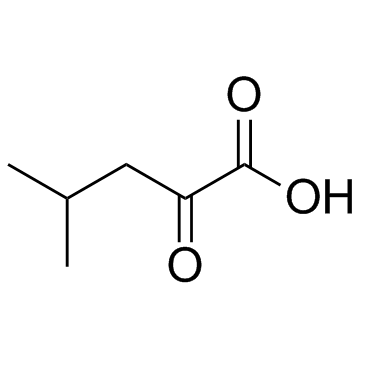
-
GC39780
4-Methylbiphenyl
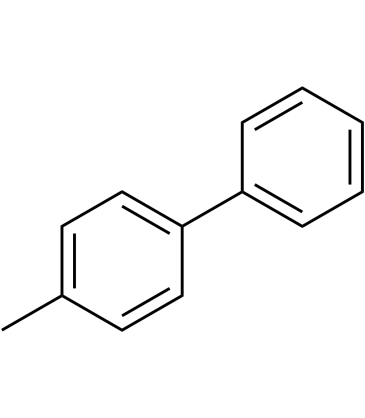
-
GC30658
4-Methylcatechol
4-Methylcatechol, ein Metabolit von p-Toluat, ist sowohl ein Substrat als auch ein Suizidhemmer der Catechol-2,3-Dioxygenase.
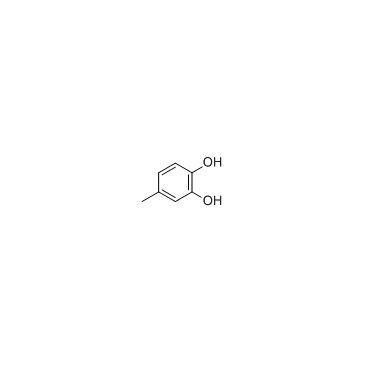
-
GC60524
4-Pentenoic acid
4-PentensÄure ist ein kÖrpereigener Metabolit.
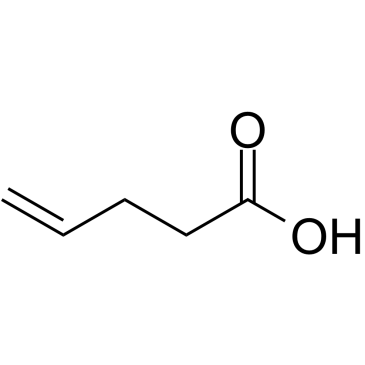
-
GC30670
4-Pyridoxic acid
4-PyridoxinsÄure ist ein Abbauprodukt von Vitamin B6, das mit dem Urin ausgeschieden wird.
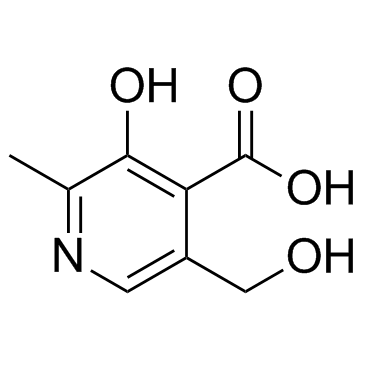
-
GC60525
4-Vinylphenol (10%w/w in propylene glycol)
4-Vinylphenol kommt in der Heilpflanze Hedyotis diffusa Willd, Wildreis vor und ist auch der Metabolit von p-CumarinsÄure und FerulasÄure durch MilchsÄurebakterien im Wein. 4-Vinylphenol induziert Apoptose und hemmt die Bildung von BlutgefÄßen und unterdrÜckt das invasive Wachstum von Brusttumoren in vivo.
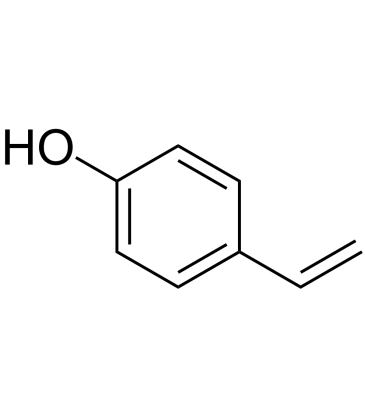
-
GC35126
4-Hydroxyphenylpyruvic acid
4-HydroxyphenylbrenztraubensÄure ist ein Zwischenprodukt im Stoffwechsel der AminosÄure Phenylalanin.
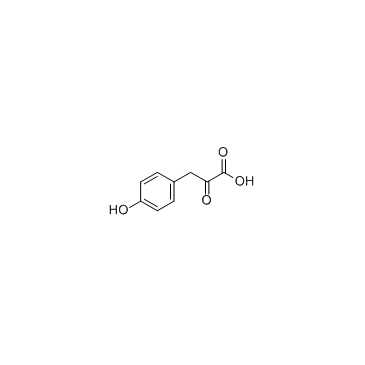
-
GC60531
5α-Cholestan-3-one
5α-Cholestan-3-on ist ein körpereigener Metabolit.
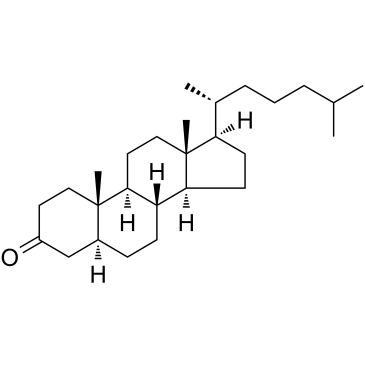
-
GC30669
5α-Cholestan-3β-ol (5α-Cholestanol)
5α-Cholestan-3β-ol (5α-Cholestanol) ist eine derivatisierte Steroidverbindung.
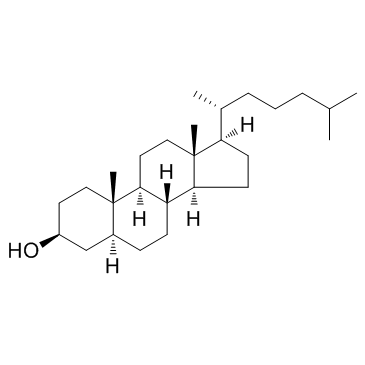
-
GC38358
5'-Cytidylic acid
5'-CytidylsÄure (5'-CytidylsÄure) ist ein Nukleotid, das als Monomer in RNA verwendet wird.
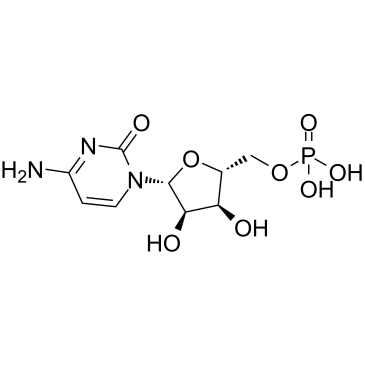
-
GC33636
5'-Deoxyadenosine
5'-Desoxyadenosin ist ein oxidiertes Nukleosid, das im Urin normaler Probanden gefunden wird.
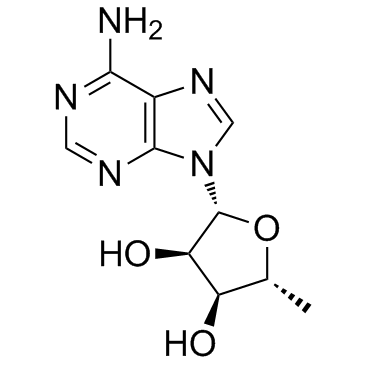
-
GC35157
5'-GTP trisodium salt
5'-GTP Trinatriumsalz (5'-GTP Trinatriumsalz) ist ein Aktivator der signalÜbertragenden G-Proteine, die an verschiedenen zellulÄren Prozessen beteiligt sind, einschließlich Proliferation, Differenzierung und Aktivierung mehrerer intrazellulÄrer Kinasekaskaden.
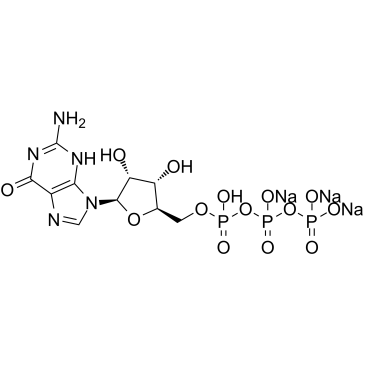
-
GC35159
5'-Guanylic acid disodium salt
5'-GuanylsÄure-Dinatriumsalz (5'-GMP-Dinatriumsalz) besteht aus Guanin-, Ribose- und Phosphateinheiten und ist ein Nukleotidmonomer in Boten-RNA.
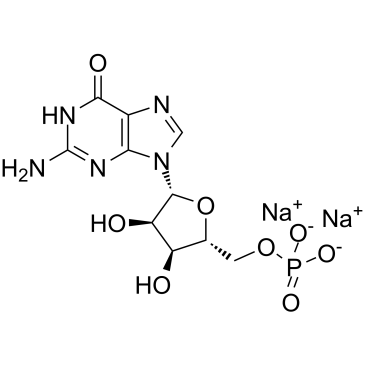
-
GC35152
5,6-Dihydro-5-methyluracil
5,6-Dihydro-5-methyluracil (Dihydrothymin), ein Zwischenprodukt des Abbaus von Thymin, stammt von Tieren oder Pflanzen.
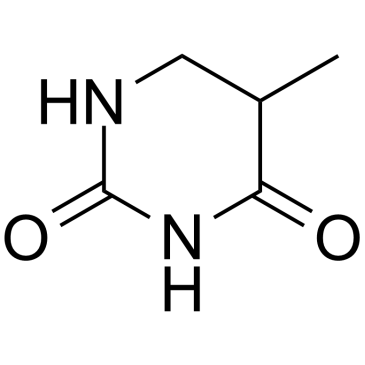
-
GC33650
5,6-Dihydrouracil
5,6-Dihydrouracil (5,6-5,6-Dihydrouracil), ein Metabolit von Uracil, kann als Marker zur Identifizierung eines Mangels an Dihydropyrimidindehydrogenase (DPD) verwendet werden.
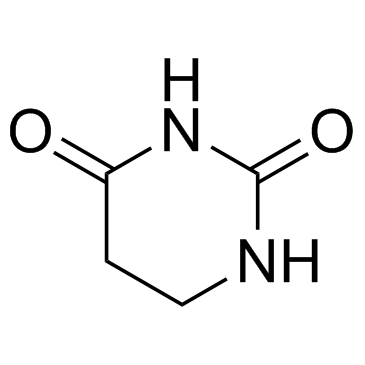
-
GC33502
5,6-Dihydrouridine
5,6-Dihydrouridin ist eine modifizierte Base, die in konservierten Positionen in der D-Schleife von tRNA in Bakterien, Eukaryota und einigen Archaeen vorkommt.
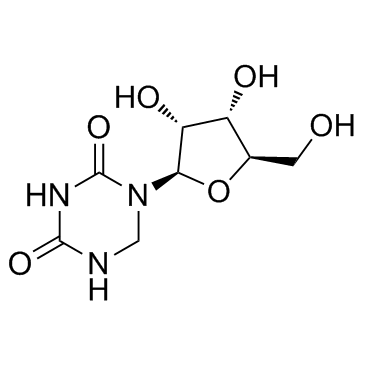
-
GC42484
5,6-dihydroxy Indole
5,6-Dihydroxyindol, ein Melaninvorläufer, hat ein breites Spektrum an antibakterieller, antimykotischer, antiviraler und antiparasitärer Aktivität.

-
GC38286
5,6-Dimethyl-1H-benzo[d]imidazole
5,6-Dimethyl-1H-benzo[d]imidazol ist ein kÖrpereigener Metabolit.
![5,6-Dimethyl-1H-benzo[d]imidazole Chemical Structure 5,6-Dimethyl-1H-benzo[d]imidazole Chemical Structure](/media/struct/GC3/GC38286.png)
-
GC38882
5-ALA benzyl ester hydrochloride
5-ALA-Benzylesterhydrochlorid (Benzyl-ALA-Hydrochlorid) ist ein Protoporphyrin-VorlÄufer, der als Photodetektionsmittel verwendet wird. 5-ALA-Benzylesterhydrochlorid induziert die Akkumulation von Protoporphyrin IX (PPIX) in Kolonkarzinom-Zelllinien.
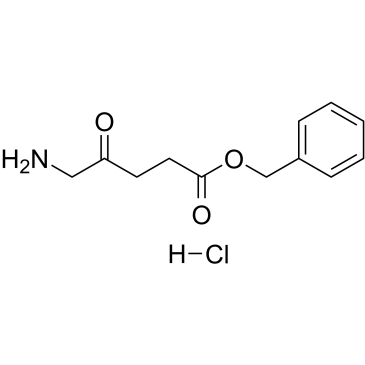
-
GC35156
5-Amino-3H-imidazole-4-Carboxamide
5-Amino-3H-imidazol-4-carboxamid (AICA) ist eine wichtige Vorstufe fÜr die Synthese von Purinen im Allgemeinen und der Nukleobasen Adenin und Guanin im Besonderen.
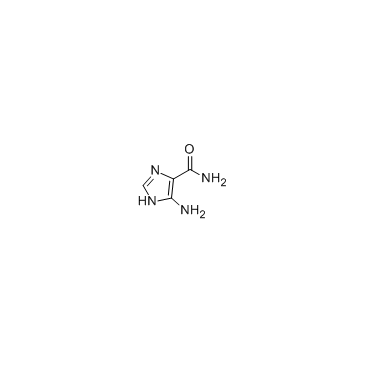
-
GC32608
5-Amino-4-oxopentanoic acid
5-Amino-4-oxopentansÄure (5-ALA) ist eine Nicht-Protein-AminosÄure, die eine geschwindigkeitsbestimmende Rolle bei der HÄm-Biosynthese spielt.
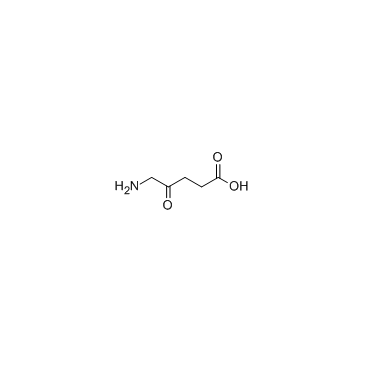
-
GC45356
5-Aminolevulinic Acid (hydrochloride)

-
GC12713
5-Aminovaleric acid hydrochloride
Es wird angenommen, dass 5-AminovaleriansÄurehydrochlorid als Methylenhomologe von Gamma-AminobuttersÄure (GABA) wirkt und als schwacher GABA-Agonist fungiert.
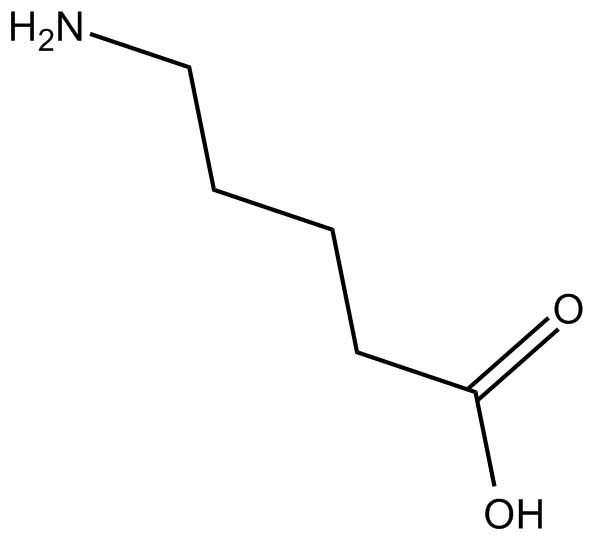
-
GN10062
5-HTP

-
GC12829
5-hydroxy Tryptophol
5-Hydroxy-Tryptophol ist ein Serotonin-Metabolit von Säugetieren, der als Marker für akuten Alkoholkonsum dient.
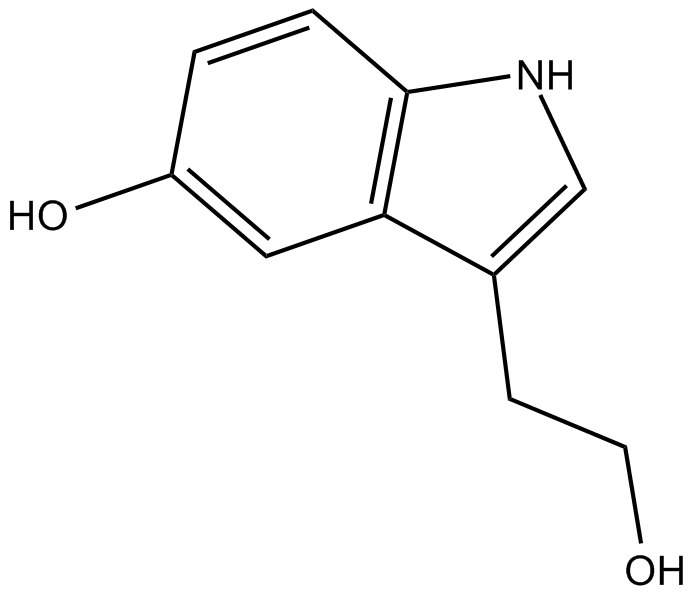
-
GC60529
5-Hydroxy-2'-deoxyuridine
5-Hydroxy-2'-desoxyuridin (5-OHdU) ist ein stabiles Hauptoxidationsprodukt von 2'-Desoxycytidin.
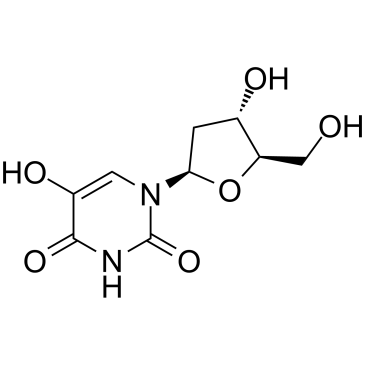
-
GC30613
5-Hydroxydopamine hydrochloride
5-Hydroxydopamin ist ein natÜrlich vorkommendes Amin im menschlichen Urin.
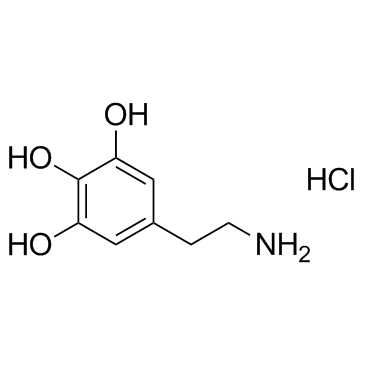
-
GC33698
5-Hydroxyindole-3-acetic acid
5-Hydroxyindol-3-EssigsÄure ist der Hauptmetabolit von Serotonin oder Metanephrinen, die als Biomarker fÜr neuroendokrine Tumore verwendet werden kÖnnen.
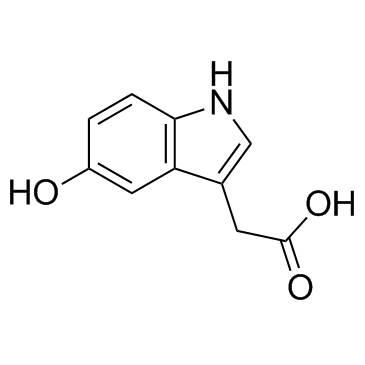
-
GC30189
5-Hydroxymethyl-2-furancarboxylic acid
5-Hydroxymethyl-2-furancarbonsÄure ist der Hauptmetabolit von 5-Hydroxymethyl-2-furfural (HMF) im KÖrper und wird renal ausgeschieden.
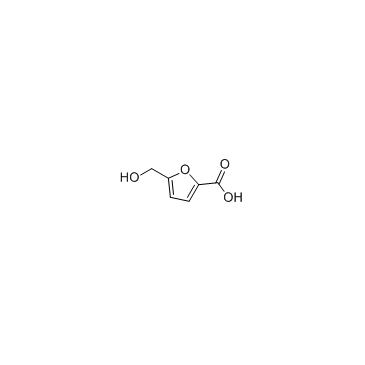
-
GC33613
5-Hydroxymethyluracil
5-Hydroxymethyluracil ist ein Produkt oxidativer DNA-SchÄden.
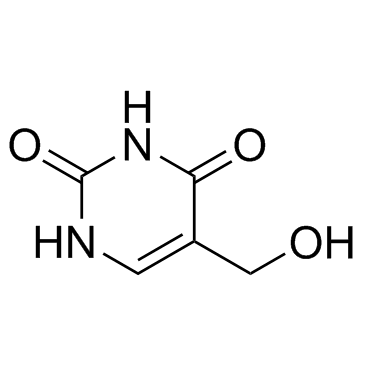
-
GC62810
5-Hydroxytryptamine creatinine sulfate monohydrate
5-Hydroxytryptamin-Kreatininsulfat-Monohydrat ist ein kÖrpereigener Metabolit.
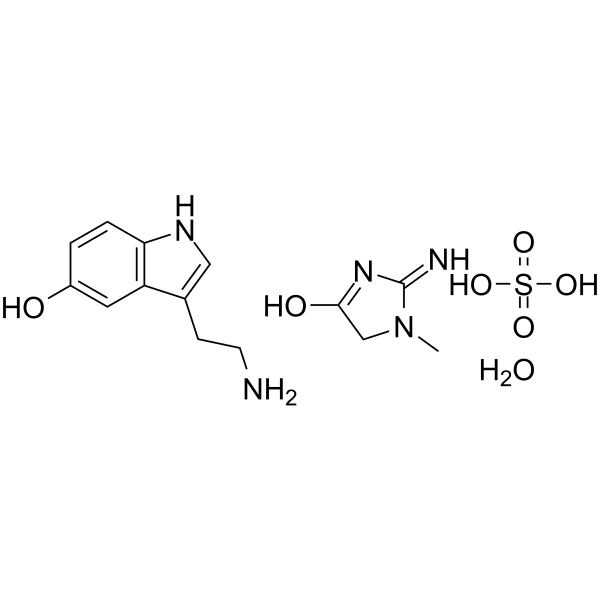
-
GC67951
5-Hydroxytryptophol-d4
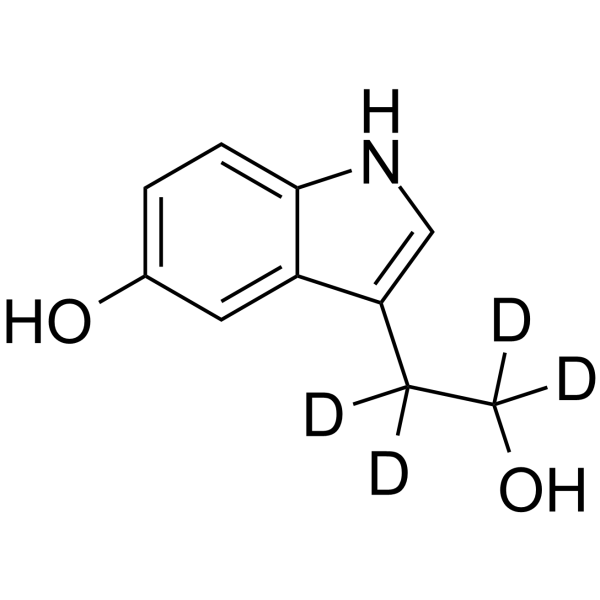
-
GC62811
5-Methoxy-5-oxopentanoic acid
5-Methoxy-5-oxopentansÄure ist ein kÖrpereigener Metabolit.
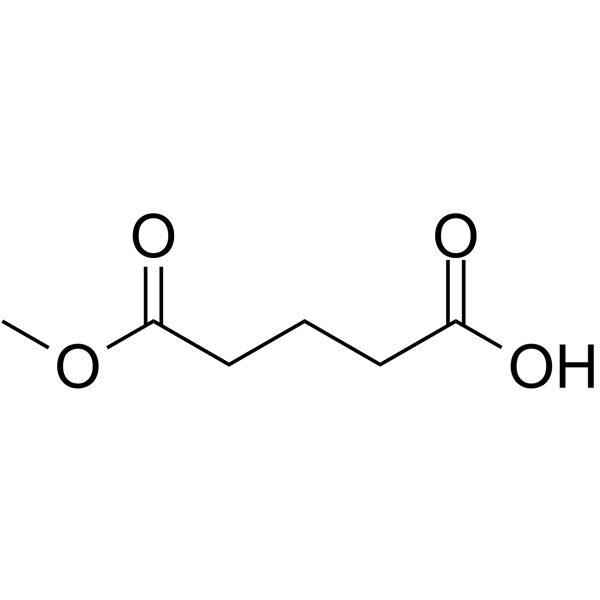
-
GC38058
5-Methoxy-DL-tryptophan
5-Methoxy-DL-Tryptophan ist ein kÖrpereigener Metabolit.
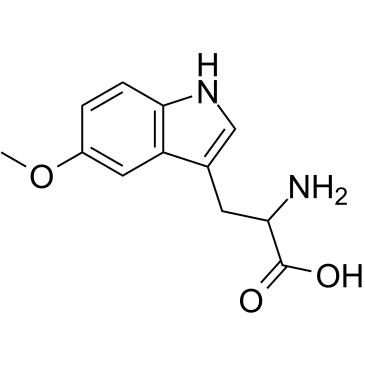
-
GC46078
5-Methoxyindole-3-acetic acid
5-Methoxyindol-3-EssigsÄure ist ein Metabolit von Melatonin.

-
GC64182
5-Methoxytryptamine hydrochloride
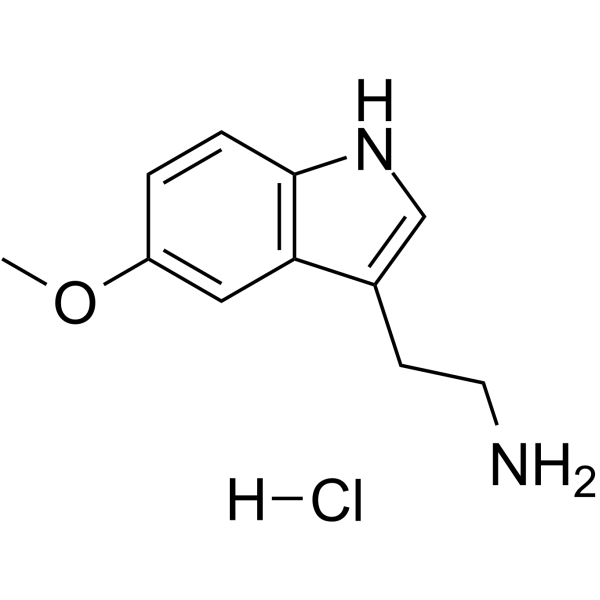
-
GC30712
5-Methoxytryptophol
5-Methoxytryptophol ist ein natÜrliches Indol, das in der ZirbeldrÜse vorkommt.
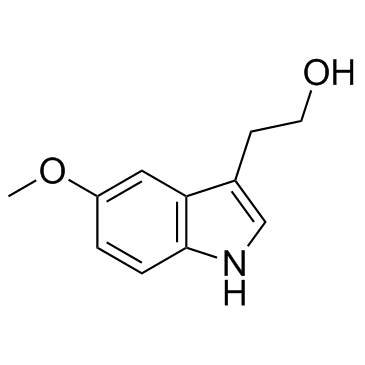
-
GC42562
5-Methyl-2'-deoxycytidine
5-Methyl-2'-desoxycytidin in einzelstrÄngiger DNA kann in cis wirken, um die De-novo-DNA-Methylierung zu signalisieren.

-
GC33526
5-Methylcytidine
5-Methylcytidin ist ein Pyrimidinnukleosid, das in mehreren BioflÜssigkeiten nachgewiesen wird.
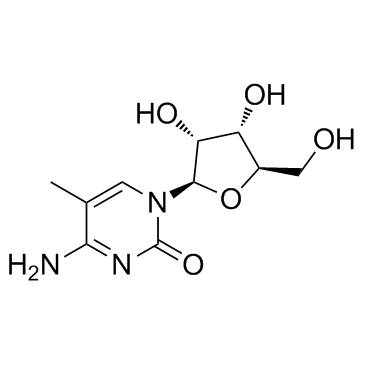
-
GC35166
5-Methylcytosine
5-Methylcytosin ist eine gut charakterisierte DNA-Modifikation und kommt auch Überwiegend in zahlreichen nichtkodierenden RNAs sowohl in Prokaryoten als auch in Eukaryoten vor.
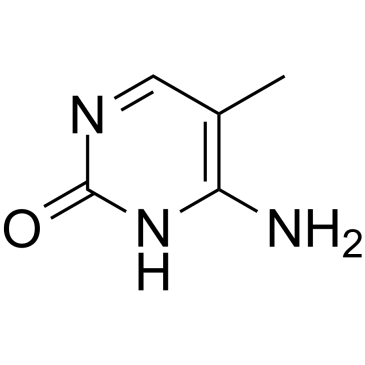
-
GC34881
5-Methyltetrahydrofolic acid
5-MethyltetrahydrofolsÄure (5-Methyl-THF) ist eine biologisch aktive Form von FolsÄure.
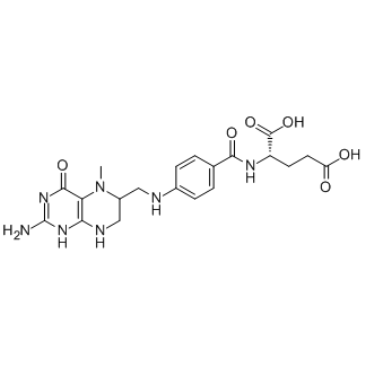
-
GC33514
5-Methyluridine
5-Methyluridin ist ein endogenes methyliertes Nukleosid, das in menschlichen FlÜssigkeiten vorkommt.
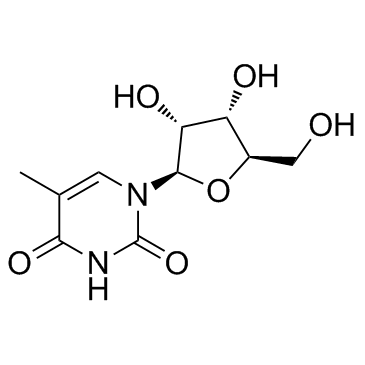
-
GC68228
5-Nitro-1,10-phenanthroline

-
GC62814
5-Phenylvaleric acid
5-PhenylvaleriansÄure (5-PhenylpentansÄure) ist eine PentansÄure bakteriellen Ursprungs, die gelegentlich in menschlichen BioflÜssigkeiten vorkommt.
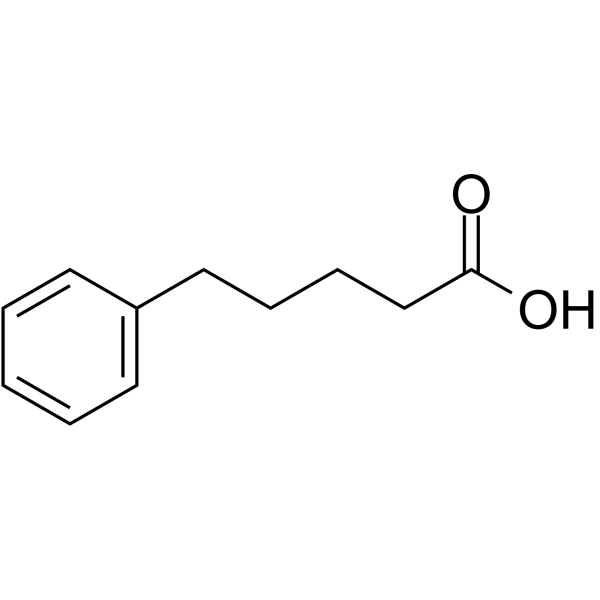
-
GC32410
5a-Pregnane-3,20-dione
5a-Pregnan-3,20-dion ist der endogene Progesteron-Metabolit.
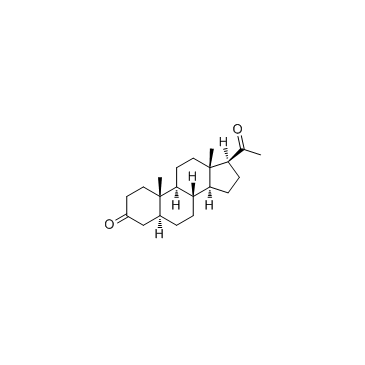
-
GC68374
5a-Pregnane-3,20-dione-d6
